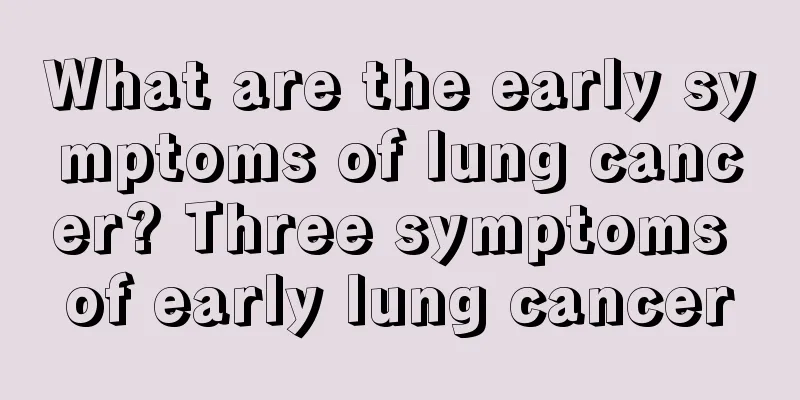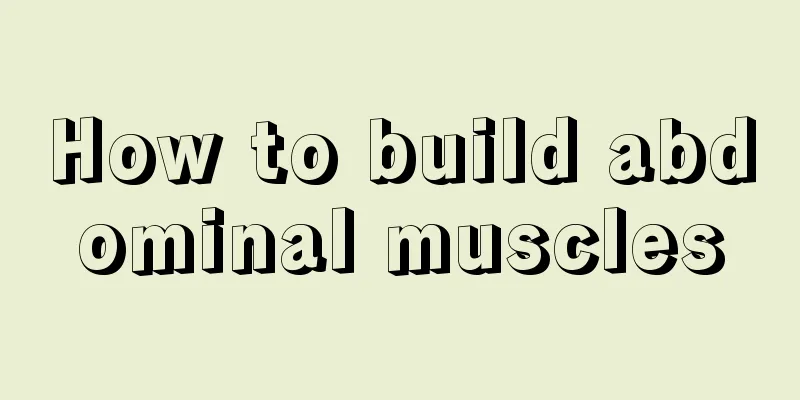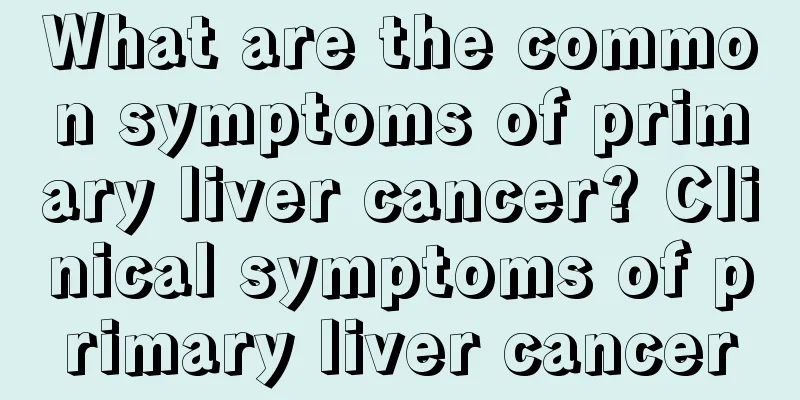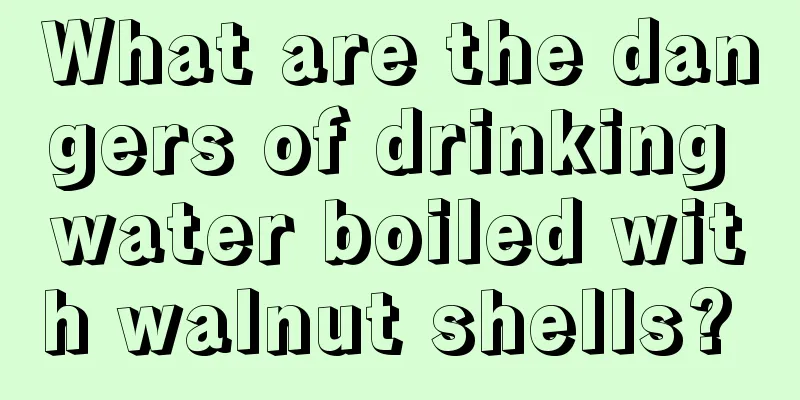What to do if tooth joints hurt when opening mouth
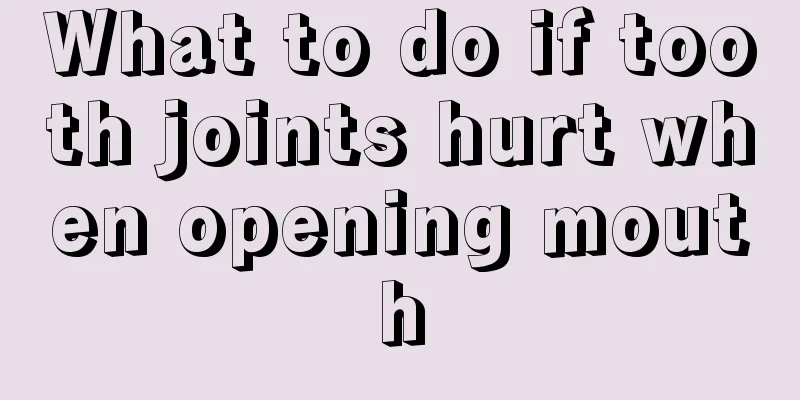
|
"Toothache is not a disease, but it is really painful when it happens." I believe everyone has heard this saying. In fact, toothache is generally divided into dental nerve pain and dental joint pain. What we often encounter is dental nerve pain. Dental neuralgia can be relieved by medication. But how should we treat tooth joint pain? Generally, both drug and non-drug treatments can be used. Temporomandibular joint disorder syndrome is the most common disease in the oral and maxillofacial region, and its pathogenesis is not yet fully understood. The main clinical manifestations of this disease are pain in the joint area, joint clicking during movement, and mandibular movement disorders. Most cases are joint dysfunction with a good prognosis; however, organic changes may occur in very rare cases. The main clinical manifestations of temporomandibular joint disorder syndrome include local joint soreness or pain, joint clicking and mandibular movement disorders. The pain may be located in the joint area or around the joints; it may be accompanied by tenderness of varying degrees. Joint soreness or pain is especially noticeable when chewing or opening the mouth. The snapping sound occurs when the mouth is opened. The sound can occur at different stages of mandibular movement and can be a crisp single sound or a series of fragmented sounds. Common movement obstacles include limited mouth opening, mandibular deviation when opening the mouth, and limited left and right mandibular movement. In addition, it may be accompanied by symptoms such as temporal pain, dizziness, and tinnitus. 1. Drug treatment: (1) Nonsteroidal anti-inflammatory drugs (NSAIDs): NSAIDs inhibit cyclooxygenase (COX) and prevent arachidonic acid from synthesizing prostaglandins, which are inflammatory and pain mediators, thereby exerting analgesic and anti-inflammatory effects. (2) Glucosamine sulfate: The purpose of drug treatment for osteoarthritis is to eliminate inflammation and relieve pain. Although there is currently no drug that can definitely inhibit or repair the degeneration of joint tissue and articular cartilage, evidence suggests that glucosamine sulfate may be a drug that can simultaneously improve osteoarthritis symptoms and joint structure. (3) Opioid analgesics. (4) Antidepressants. (5) Anticonvulsant drugs. (6) Corticosteroids. 2. Non-drug treatment (1) First, the influence of mental factors must be eliminated. If necessary, a psychiatrist should be consulted to develop a treatment plan and conduct psychological-behavioral therapy; (2) Correcting occlusal relationships and bad habits, such as excessive mouth opening and unilateral chewing; (3) Other non-drug treatments, such as nerve stimulation therapy, nerve block therapy, surgical treatment, physical therapy, traditional Chinese medicine acupuncture therapy, etc. |
<<: What is the reason for cold knee joints
>>: One side of the hip joint hurts when walking
Recommend
Minimally invasive transurethral surgery for bladder cancer
Minimally invasive surgery for bladder cancer ref...
How many years can a person with renal pelvis and kidney cancer live
Kidney cancer is a disease that is difficult to c...
Common knowledge about skin cancer care
The incidence of skin cancer is getting higher an...
Breastfed babies have very smelly stools, what is the reason?
The feces of babies who are breastfed for a long ...
What are the folk remedies for removing melasma?
After women enter middle age, the traces of time ...
Will drinking red bean and barley water cause skin itching
Some people are allergic and have allergic reacti...
Sleeping without a pillow
Everyone has different habits, like the way of ho...
Is it suitable to have children if you have liver cancer?
What women want most is to have a happy family an...
What is the clinical significance of anti-human insulin antibodies?
Patients with diabetes sometimes need to receive ...
Can kidney deficiency cause dry cough?
Recently, it has been said that kidney deficiency...
Facial skin problems
Many people tend to ignore skin problems, but in ...
Diet therapy for skin cancer
Compared with medical treatments, diet therapy is...
Analysis of self-care for nasopharyngeal carcinoma radiotherapy
In recent years, nasopharyngeal carcinoma has bec...
How many levels and types are there of breast cancer
Breast cancer may be caused by genetics, early me...
Can white sugar and charcoal ash remove hair?
All women desire to have smooth skin, but some wo...
